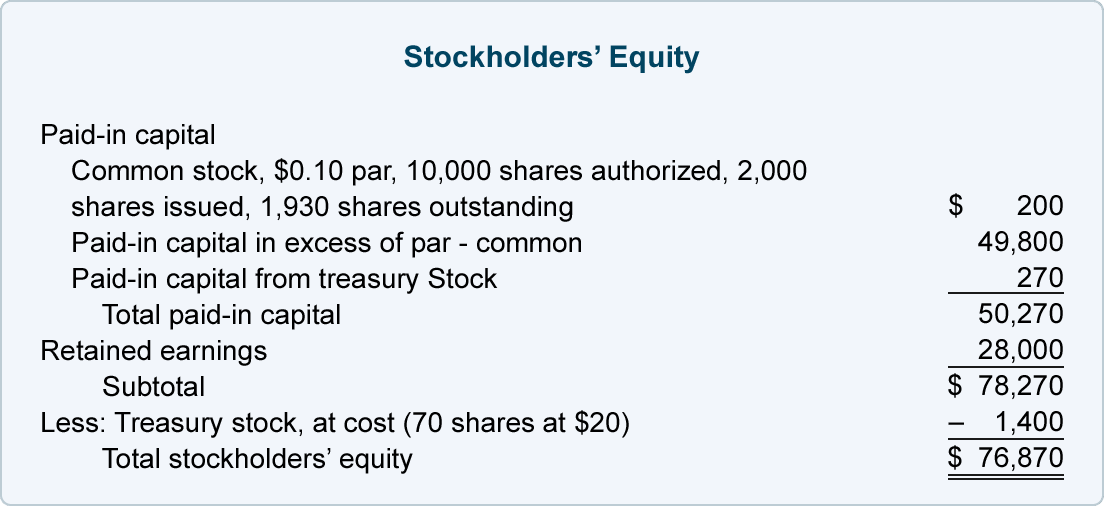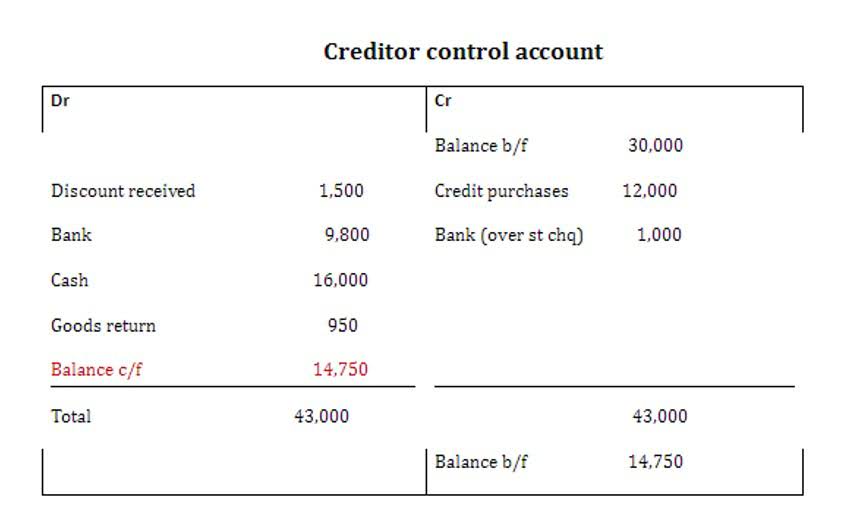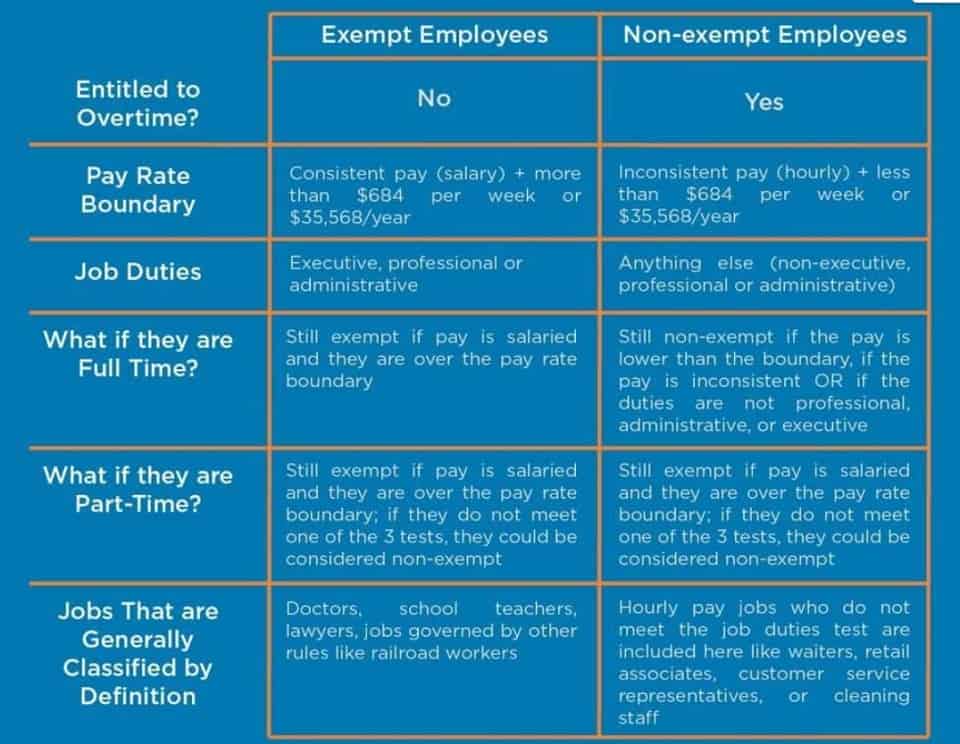
Our collaborative platform lets you share files and comment with everyone no matter where or when. There’s also workflow automation and task authorization to free up your workers to focus on what matters without jeopardizing quality. Our timesheet feature is a secure way to track the cost and the time your team is putting into completing their tasks.
It helps to control the cost in the inflationary market by controlling the manufacturing cost. In order for a manufacturer’s financial statements to be in compliance with GAAP, a portion of the manufacturing overhead must be allocated to each item produced. These costs must be included in the stock valuation of finished goods and work in progress.
- These costs are indirect in that it is impractical to directly trace them to each product.
- For example, a part that was removed from an old piece of equipment might be able to be used as a replacement.
- The commonly used allocation bases in manufacturing are direct machine hours and direct labor hours.
- Most of the quantitative data come from the 1984 “North American Manufacturing Futures Survey,” which we administer.
- Though allocation bases can vary, the most commonly used are direct machine hours and direct labor hours.
- Manufacturing overhead is basically indirect costs and is not directly related to the production process.
The same goes with machine hours if you’re planning on using that for your base calculation. One rate is used to record overhead costs rather than tabulating actual overhead costs at the end of the reporting period and going back to assign the costs to jobs. Though allocation bases can vary, the most commonly used are direct machine hours and direct labor hours. Sometimes there is a negative correlation between the manufacturing overheads and the direct costs. Thus, in this scenario, the labor class tends to suffer while the salaried personnel remains on the safer side. On the other hand, the prices of the products across every segment tend to increase; thus, the real value of money falls.
Physical Costs
Now that you have the necessary data safely in your CMMS, you can use it to inform decision-making. When equipment breaks down, some repairs can be costly, and depending on the asset’s expected lifespan, it may make more financial sense to replace the equipment rather than repair it. Do you keep track of the location of your assets with the help of barcodes, asset tags, and a barcode scanner? Connecting these solutions to your computerized maintenance management system puts a wealth of data at your fingertips and allows for sophisticated analysis, actionable alerts, and more. This can be calculated by (Budgeted Factory Overhead Costs/ Budgeted Labor Hours). Is a cloud-based platform to manage your engineering and manufacturing data. Companies from startups to Fortune 500’s use OpenBOM to create a centralized database to bring in, store and manage their manufacturing data.
- It also requires a continuous supply of electricity and factory resources to carry on its processes smoothly.
- Saltwater Explore asset tags for use in marine operating conditions exposed to saltwater spray.
- There’s also workflow automation and task authorization to free up your workers to focus on what matters without jeopardizing quality.
- Take your established overhead rate and put a little more aside just in case you need it.
- Manufacturing Overhead costs are the indirect factory-related costs utilizes at the time of manufacturing a product.
- On the other hand, a higher rate may indicate a lagging production process.
The overhead costs applied to jobs using a predetermined overhead rate are recorded as credits in the https://accountingcoaching.online/ account. You saw an example of this earlier when $180 in overhead was applied to job 50 for Custom Furniture Company. Remember that overhead applied does not represent actual overhead costs incurred by the job—nor does it represent direct labor or direct material costs. Instead, overhead applied represents a portion of estimated overhead costs that is assigned to a particular job.
Just remember that manufacturing costs as well as sales can vary from month to month. So always make sure that you keep an eye on both numbers and make adjustments as needed to ensure that your company always has enough for all overhead costs.
As a result, the company would need to send only one check per month to each vendor for goods actually received. Low indirect labor productivity, including white-collar work (3.44). Higher manufacturing overheads leads to higher prices of the products. Thus, if the industry is giving a higher amount to overheads, there is bound to be an inflationary condition in the economy.
A Balanced Approach
So if Hupana Running Company had 12 lines of shoes with varying labor and material costs, we could use this standard amount per hour of labor to allocate all of the manufacturing overhead costs. Allocating overhead costs to each unit produced can be challenging, as there is often no direct relationship between an overhead cost and the product manufactured. Depending on the circumstances, businesses might allocate manufacturing overhead in proportion to labor hours per unit produced or the square footage used by production equipment.

Types of labour who are considered to be part of the direct labour cost are the assembly workers on an assembly line. Most preventative maintenance tasks don’t require much from you or your staff, either. Adding some lubricants and keeping the machines clean alone will go a long way. Take the extra time and spend that little bit of money up front to save you the headaches and the expenses later on. That’s why we’ve created this guide that will help you understand all you need to know about manufacturing overhead and how to reduce it. Implementing the right kind of software for your needs is usually a good starting point for reducing manufacturing overhead.
The Complete Guide To Inventory Management
Adam received his master’s in economics from The New School for Social Research and his Ph.D. from the University of Wisconsin-Madison in sociology. He is a CFA charterholder as well as holding FINRA Series 7, 55 & 63 licenses. He currently researches and teaches economic sociology and the social studies of finance at the Hebrew University in Jerusalem.
- Calculating the indirect costs involved in each unit produced in your factory is an essential step to understanding and then reducing those costs by removing unnecessary expenses.
- But these are materials that do not directly go into the product; thus, they are indirect costs, which, by definition, are in the category of manufacturing overhead.
- You can also evaluate your employees to see if there are individual or team processes that impact production efficiencies, such as misuse of equipment or a long operational process.
- Low indirect labor productivity, including white-collar work (3.44).
- Katana gives thousands of manufacturers a live look at their business.
- These items might change over time with increased or decreased business activity.
For example, companies have to pay the electricity bill every month, but how much they have to pay depends on the scale of production. For instance, during months of heavy production, the bill goes up; during the off season, it goes down. Repeating this process every month can help you identify areas of improvement and potential increases or decreases in costs. Also, knowing your business’s estimated overhead can tell you how much money your business needs to earn to make up for that expense. This step can help you set efficient production goals for floor teams. Indirect CostIndirect cost is the cost that cannot be directly attributed to the production. These are the necessary expenditures and can be fixed or variable in nature like the office expenses, administration, sales promotion expense, etc.
Cost Accounting
As the name implies, these are financial overhead costs that are unavoidable or able to be canceled. Among these costs, you’ll find things such as property taxes that the government might be charging on your manufacturing facility. But they can also include audit and legal fees as well as any insurance policies you have.
Don’t let the idea of automated maintenance tracking scare you away. Believe it or not, it’s probably something that you’re already doing in one form or another. Shipboard & MarineShipboard & Marine Explore asset tags for use in marine operating conditions exposed to saltwater spray. Label and track your education organization’s property with durable barcode labels.

All businesses must consider these costs in their budgets to ensure financial stability and an efficient production process. Manufacturing overhead includes all the costs of production other than labor and raw materials. Clearly, accountants don’t simply guess when determining manufacturing overhead. But they also can’t actually figure the true, exact cost of, say, property taxes that must be added to producing every unit or part. To get around this, cost accountants have a method for determining manufacturing overhead. The sneaky thing about manufacturing overhead costs is thatthey are rarely the first costs that come to your mind. This means you will need to allocate an additional $8.52 for each hour worked besides the direct labor and materials costs to accurately calculate your total cost of goods sold.
What Is The Difference Between Manufacturing Overhead And Total Manufacturing Cost?
It’s too easy to overspend on a system which is beyond your needs and ends up being too complex to use. Lots of bits and pieces get used in the workshop that aren’t necessarily considered as direct costs; tapes for temporary fixes and bleach for cleaning. But anyway, let’s take the example of a skateboard making business (because why not?) and see how to find the manufacturing overhead.
Generally, this overhead cost definition denotes indirect costs and labor. Manufacturing overhead is made up of the indirect costs a company undertakes in its production process. Other expenses such as direct labor hours, materials costs, and similar items directly involved in the actual manufacturing process, do not fall under the category of manufacturing overhead.

After installation the company found that it had simplified the transaction flow so much that no automation was necessary after all. Perhaps the most important means of automating transactions is using computer systems that are so well integrated that data need only be entered once. In virtually every large company, however, there is still a massive redundancy of transactions due to the existence of subsystems that cannot “talk” to one another. These problems exist both within manufacturing and between manufacturing and other functions.
Product Categories
The Japanese process fewer ECOs than do their American counterparts (about two-thirds fewer) and authorize these changes much further in advance and thus allow for more stable, level transaction loads. Changes in product design and vendor specifications could reduce the part count from 700 to 200. When the prices tend to go higher, the demand for the products shrinks as the affordability of the consumer decreases and consumers shift towards substitutes. Jane is a freelance editor for The Balance with more than 30 years of experience editing and writing about personal finance and other financial and economic subjects.
- As a result, the variable cost per unit would be $2 ($20,000/10,000 units).
- Although their basic categories were the same, each had invented a somewhat different nomenclature and taxonomy for keeping track of these costs.
- For example, if your monthly depreciation expense is $2,500, but only $1,500 is related to manufacturing-related equipment, you should only include $1,500 in your indirect costs for the month.
- For companies to operate continuously, they need to spend money on producing and selling their goods and services.
- All the items in the list above are related to the manufacturing function of the business.
- By submitting this form, you agree that PLANERGY may contact you occasionally via email to make you aware of PLANERGY products and services.
- Engineering costs such as the salaries of manufacturing, industrial, and other engineers concerned with the design and maintenance of the production process itself.
With this infrastructure, users also use OpenBOM to streamline both their change management and PO processes. Instead of realizing the cost for a specific asset in a single year, you can spread it across the lifetime of the asset. In other words, depreciation indicates the amount of value an asset has used up. You can use this to match the cost of an asset with the dollar value that the same asset brings in within a specific time frame.
There are four steps involved in calculating manufacturing overhead. The information contained in this website is for general information purposes only. Any reliance you place on such information is therefore strictly at your own risk. All users should evaluate product suitability for each intended application of that product under actual use conditions.
Khadija Khartit is a strategy, investment, and funding expert, and an educator of fintech and strategic finance in top universities. She has been an investor, entrepreneur, and advisor for more than 25 years. Sales CommissionSales commission is a monetary reward awarded by companies to the sales reps who have managed to achieve their sales target. It is an incentive geared towards producing more sales and rewarding the performers while simultaneously recognizing their efforts. A sales commission agreement is signed to agree on the terms and conditions set for eligibility to earn a commission.
Managing Overhead Transactions
Semi-variable manufacturing overhead includes employee bonuses and costs of bookkeeping and janitor services. A key characteristics of these costs is that they are fixed up to a given amount but vary depending on the work done. For example, Traditional bookkeepers charge a fixed monthly minimum for their services. However, beyond this minimum, the charges fluctuate depending on the amount of bookkeeping to be done. Also, in addition to the regular janitor duties, a factory may require extra cleaners for an additional mess. Another type of data integration unites manufacturing data bases with those of other functional areas. Most familiar is the link between engineering and manufacturing established by CAD/CAM systems, but there are others with equal or greater potential impact.
You need gas and electricity to run the factory manufacturing your products. Include both expenses when calculating your manufacturing overhead expenses.














